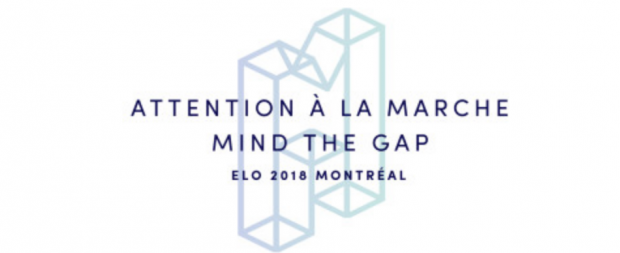There’s An Other Gap in Play
Twine’s accessibility and ease of use have allowed more people to write and develop videogames. Merritt Kopas writes in Videogames for Humans: “Twine’s financial and technical accessibility are major reasons for its broad adoption, especially among economically marginalized, nontraditional game designers...” (10). These ‘nontraditional game designers’ have produced an influx of narrative and gaming content, and, as Stuart Moulthrop notes, despite the fact that Twine games can be seen “as an evolution from literary hypertext in the late 1980s,” many in the Twine community insist they develop games, not electronic literature (2016). This defiance should not go unnoticed, as Moulthrop asserts: “This resistance is important... Their return to the story/game problem implies a working- through of earlier issues, if not clear dialectical progress. Their willing embrace of the ludic also signifies an ability to stand among and against hegemonic interests like the videogame industry” (2016).
Developing Moulthrop’s observation further, I argue that Twine game creators’ insistence to ‘play through’ the game vs. story debate is theoretically significant in terms of otherness. For instance, some Twine games have been defined as ‘empathy games,’ a term coined by established game designer Vander Caballero: “They [empathy games] help us put ourselves in other people’s shoes” (Huffington Post 2014). Unfortunately, when Twine games, such as Dys4ia,are labeled as empathy games, they can be used to illustrate otherness as a single story (Christian Science Monitor 2017).
Of course, the issue of representation and otherness is a recurrent topic within literary scholarship. James Meffan and Kim Worthington, for example, highlight the ethical implications of ascribing otherness through representation, which reduces “the Other to the order of the same” (“Ethics Before Politics: J.M. Coetzee’s Disgrace,” 133). I argue the impulse to label certain Twine games as empathy games, to define and situate them against other works of literature or videogames, ultimately reduces the games ‘to the order of the same.’ I suggest examining Anna Anthropy’s The Hunt for the Gay Planet as an example of the political resistance and ethical issues of representation of the Other in games. Moreover, The Hunt for the Gay Planet emphasizes the importance of play when resisting hegemonic definition, and it is this commitment to the ludic that offers hope.
Developing the topic of play within Anthropy’s game, I turn to clinical psychologist Shachaf Bitan, who explores the writings of Donald Winnicott and Jacques Derrida and how they “proposed a playful turn” in their theoretical work. Bitan stresses the importance of Winnicott’s ‘transitional space’ as a space for play, where play can avoid hegemonic definition (“Winnicott and Derrida: Development of logic-of-play,” 34). In the same light, when Twine game creators resist the definitions of play, stories, and games, their work remains in a transitional, undefined, and ludic space. Therefore, the political and categorical ambivalence of certain Twine games, along with their devotion to the ludic, demonstrates how these games can ‘play in the gap’ and potentially serve as an undefined space for the Other to play.
(Source: ELO 2018 Conference; Pinpointing Twine's Others Panel; There’s An Other Gap in Play Speech)
Twine game creators’ insistence to ‘play through’ the game vs. story debate is theoretically significant in terms of otherness.


